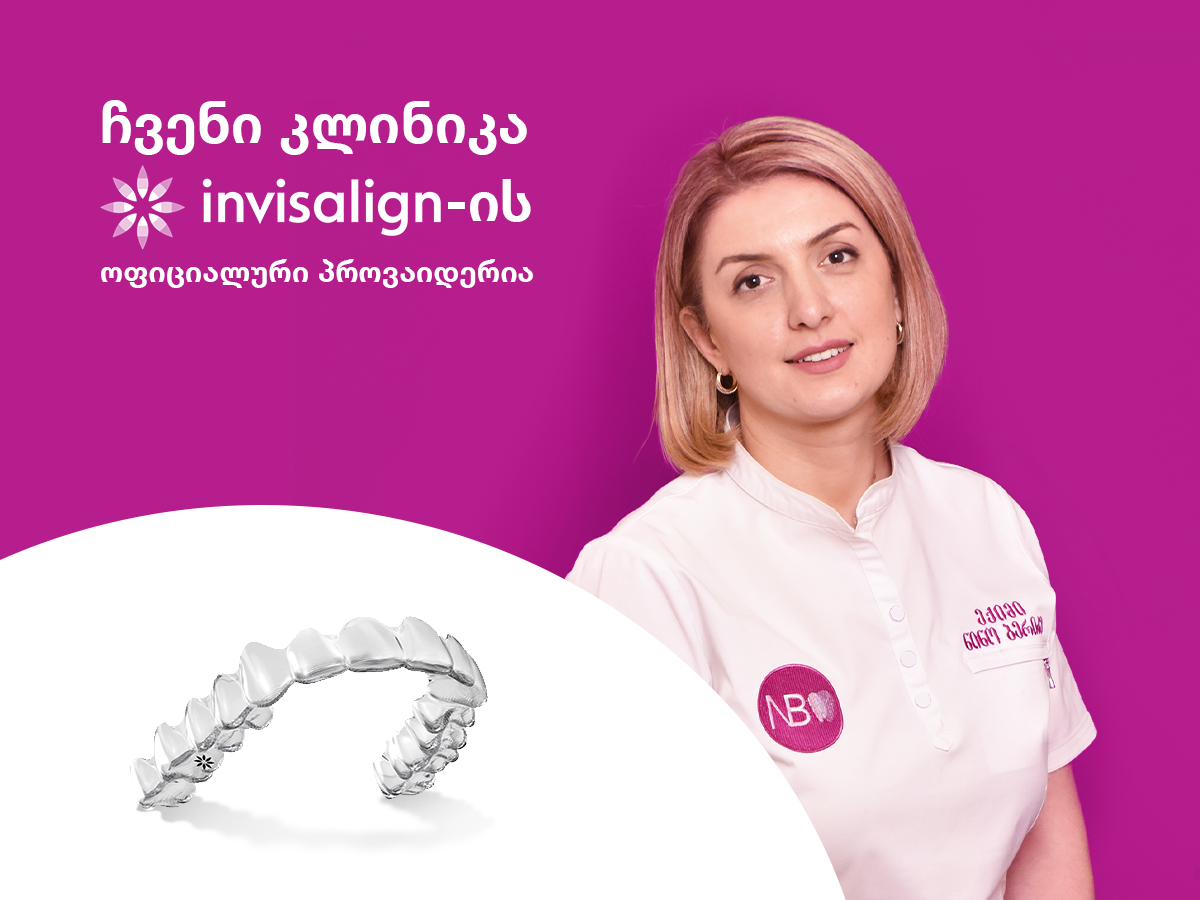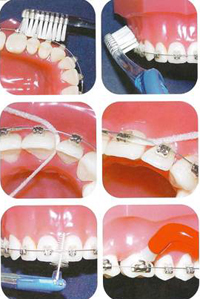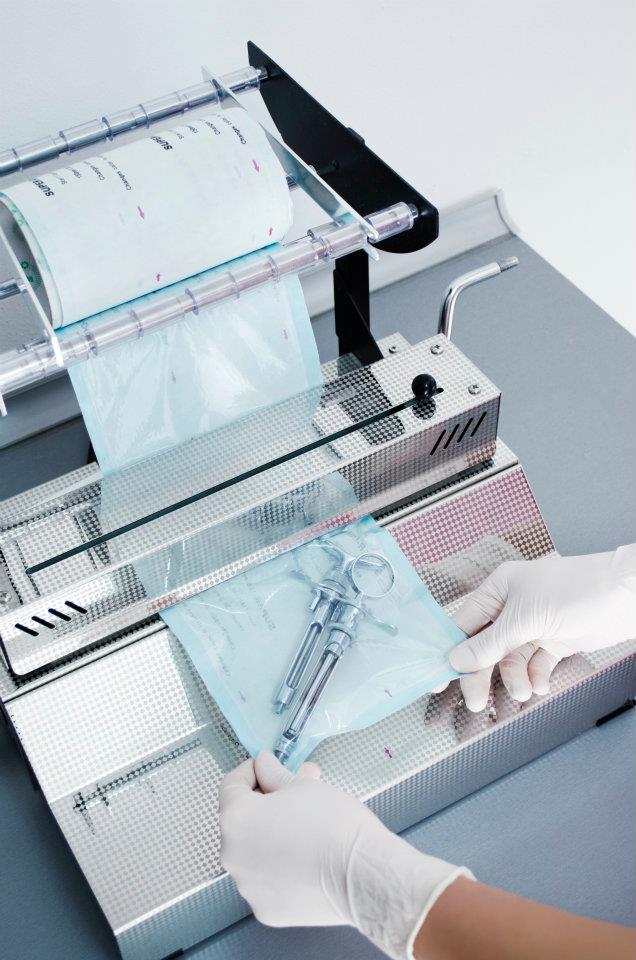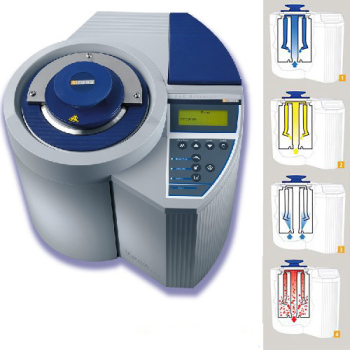What Is A Panoramic Dental X-Ray?
When you visit the dentist, you typically receive X-rays wherein a piece of plastic is placed inside your mouth to bite down on, and multiple pictures are taken that shows one or several teeth. Dentists often do several of these X-rays to identify conditions that may be affecting different parts of the mouth.
In contrast to this traditional radiograph, a panoramic dental X-ray creates a single image of the entire mouth: the upper and lower jaws, their temporomandibular (TMJ) joints, all the teeth, the nasal area and sinuses. This image provides a flat representation of the jaw's otherwise curved structure, making it easier to analyze each part.
Why Use a Panoramic X-ray?
Because a panoramic X-ray shows the entire mouth in one picture, it doesn't produce the detail needed to show cavities. This type of X-ray does, however, show problems such as bone abnormalities and fractures, cysts, impacted teeth, infections and tumors. A dentist who suspects any of these problems may choose to take a panoramic X-ray. He or she may also use this imagery method when planning for treatments such as braces, implants and dentures.
How Is the X-ray Done?
Unlike traditional intraoral X-rays, panoramic dental X-rays are extraoral, meaning the imaging machine and film are outside of your mouth. A panoramic dental X-ray machine projects a beam through your mouth onto film or a detector that rotates opposite the X-ray tube.
The basic design of a panoramic X-ray machine consists of an imaging tube mounted on one horizontal arm that can point toward one side of your face, whereas an opposite horizontal arm that points toward the other side contains the X-ray film or detector. Typically, your head is positioned using chin, forehead and side rests while a bite-blocker keeps your mouth open. The X-ray machine's arms then rotate in a semicircle around your head, starting at one side of your jaw and ending at the other side.
X-Ray Benefits and Risks
A panoramic X-ray gives your dentist a comprehensive view of your entire mouth on a single film and in a relatively short amount of time. However, the radiation exposure from one panoramic X-ray is 0.02 millisieverts, which is four times the 0.005 millisieverts produced by the four bitewing X-rays part of a routine exam.
Talk to your dentist if you're concerned about radiation exposure, and whether you can explore alternative imaging processes.
What Is A Cephalometric X-Ray?
A cephalometric X-ray — sometimes called a ceph X-ray — is one type of X-ray that is used for both diagnostic and treatment planning purposes in both dentistry and medicine. When used properly for evaluating patients, X-rays are considered safe and are often necessary to determine the cause of certain issues.
we can be diagnosed and treated with the help of X-rays:
- Areas of decay or cavities
- Impacted teeth stuck underneath the gums
- Dental abscesses
- Fractured jaws
- Alignment issues
Here's what to know if your dentist recommends taking a ceph X-ray.
Cephalometric X-Ray vs. Standard X-Ray
a ceph X-ray differs from the standard dental X-ray because it is taken extraorally (outside of the mouth) and covers a much larger field of view, including the entire side of the head.
This type of image shows the relationship between your teeth, jaw and profile, which makes it especially helpful for orthodontists when planning realignment treatment. A ceph X-ray may not show the kind of detail of the teeth seen on an image taken with film placed inside the mouth, but it is ideal for viewing the big picture.
While an intraoral (inside the mouth) dental X-ray requires a film or digital sensor to be placed in the mouth, a ceph X-ray does not require any biting pieces, according to the NIH. The process requires only that the technician position you properly in front of the imaging equipment. As with all X-rays, the imaging procedure is very quick and painless.
Uses
Ceph X-rays are most commonly used for:
-
Orthodontic Treatment Planning
-
Obstructive Sleep Apnea
-
Temporomandibular Disorder
Cephalometric X-Ray Safety Concerns
Many patients may be wary of getting X-rays taken, but the Nino Beridze's Orthodontic Center explains that dental X-rays deliver a very minimal amount of radiation exposure and are considered safe.
your orthodontist recommends a ceph X-ray, you should feel comfortable knowing that they have taken every precaution available to ensure your safety and that the image will help them determine the best treatment plan for you.









